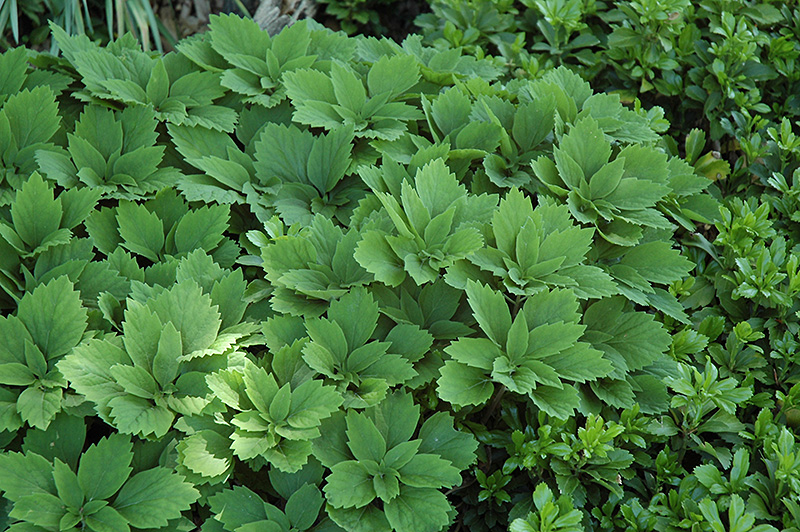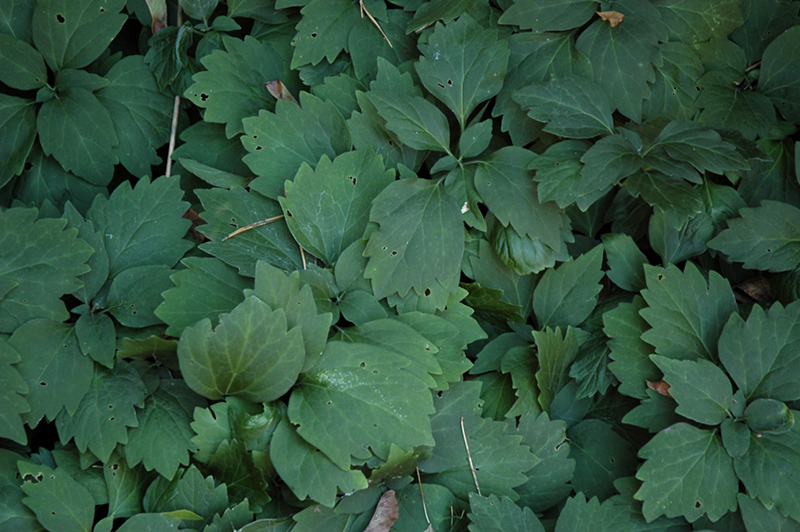Height: 9 inches
Spread: 15 inches
Sunlight:
![]()
![]()
Hardiness Zone: 5b
Other Names: Mountain Spurge
Description:
A wonderful groundcover evergreen with interesting textured green foliage, pretty white flowers in early spring; loves shade, does well beneath mature trees, prefers highly organic acidic soils, benefits from snowcover in winter
Ornamental Features
Allegheny Spurge features tiny spikes of lightly-scented white flowers rising above the foliage in mid spring. Its serrated pointy leaves remain dark green in color throughout the year.
Landscape Attributes
Allegheny Spurge is an herbaceous evergreen perennial with a ground-hugging habit of growth. Its relatively fine texture sets it apart from other garden plants with less refined foliage.
This plant will require occasional maintenance and upkeep, and should not require much pruning, except when necessary, such as to remove dieback. Deer don't particularly care for this plant and will usually leave it alone in favor of tastier treats. Gardeners should be aware of the following characteristic(s) that may warrant special consideration;
- Spreading
Allegheny Spurge is recommended for the following landscape applications;
- Groundcover
- Naturalizing And Woodland Gardens
Planting & Growing
Allegheny Spurge will grow to be about 9 inches tall at maturity, with a spread of 15 inches. Its foliage tends to remain low and dense right to the ground. It grows at a slow rate, and under ideal conditions can be expected to live for approximately 20 years. As an evegreen perennial, this plant will typically keep its form and foliage year-round.
This plant does best in partial shade to shade. It prefers to grow in average to moist conditions, and shouldn't be allowed to dry out. It is particular about its soil conditions, with a strong preference for poor, acidic soils, and is able to handle environmental salt. It is highly tolerant of urban pollution and will even thrive in inner city environments, and will benefit from being planted in a relatively sheltered location. Consider covering it with a thick layer of mulch in winter to protect it in exposed locations or colder microclimates. This species is native to parts of North America. It can be propagated by division.

